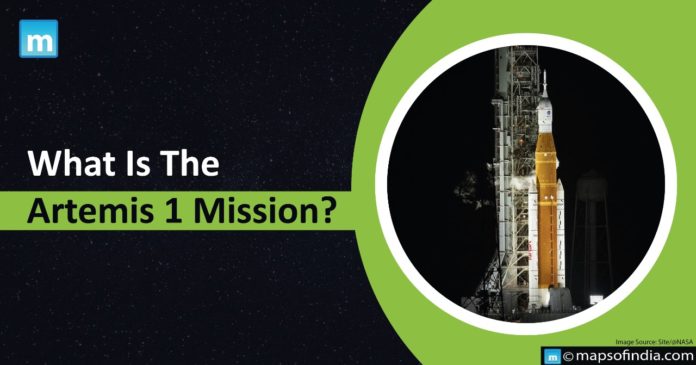What is the Artemis I Mission?
National Aeronautics and Space Administration (NASA’s) Artemis missions aim to “land the first woman and the first person of colour on the Moon”, explore the lunar surface, and prepare for the Mars mission.
Learn more about the revolutionary new phase in space exploration
NASA has been conducting several space missions as part of the Artemis program. There are three Artemis missions in flight which includes Artemis 1 will circle and pass by the Moon out of these three missions. The mission of Artemis 2 will carry humans, and the crew will go beyond the Moon. The unique mission will take humans beyond the area they have ever travelled to some places. The third Artemis will conduct research over the surface of the Moon over a week, and it will carry a female astronaut.
Since Apollo 17 in 1972, Artemis 3 has been the first ever and unique mission of Nasa, a Moon landing mission consisting of crew members. However, the long-term objectives of NASA are even more audacious: they are scheduling to dispatch a crewed task to Mars in the upcoming times by using the technology and knowledge gained from the Artemis flights.
The initial aim was to build a new space station in the lunar orbit. A new space station will help to form an efficient Moon base which is a crucial part of the “Moon to Mars” strategy. On Wednesday, November 16, at 1:47 a.m. EST (6:47 a.m. GMT), Artemis 1 successfully launched from the Kennedy Space Center after four failed launches because of tropical storms and engine problems.
Artemis 1: What is it?
This unmanned mission, formerly known as Exploration Mission 1. The mission will begin with a brief test of the Space Launch System (SLS) and the Orion module. The Space Launch System(SLS) nearby gives rise to 8.8 million pounds of thrust at liftoff. It is confirmed that it is 1.3 million pounds more powerful than the Saturn V rocket, which was used in the Apollo missions.
It is the considerably mighty missile ever developed. Artemis 1 will travel roughly 64,373 miles into deep space after travelling 450,000 km to the Moon, which will orbit 400 km above the lunar surface. Several technology and science experiments that will be conducted in deep space are on board. These are intended to advance technical advancements, shed light on deep space radiation, and increase our understanding of the Moon. Three “moonikins,” or dolls dressed in the First-Generation Orion Crew Survival System spacesuit that the actual astronauts will don on Artemis 2 and 3, are also on board. The manikins have sensors to collect information about potential flight experiences for human crew members.
Why is the program referred to as Artemis?
The mythical Greek moon goddess Artemis is Apollo’s identical twin. Therefore, there is no doubt about the connection to the mission that sent the first humans to the Moon over 50 years ago. Orion is the name of the crewed spacecraft. One of the sky’s most recognisable constellations is Orion, also known as Artemis’ hunting partner in classical mythology.





